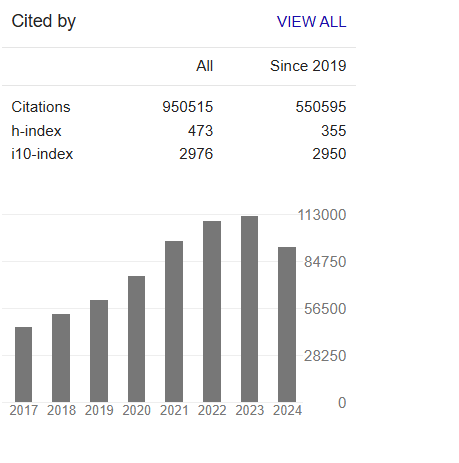Recovery of Aluminium 319.1 Alloy(S) From Metal Turning Scrap
Abstract
Mahmoud Rabah and FI Farghaly
The concern of this work was to recover the standard Al 319.1 alloy as specified; Al-Cu-Zn and Mg from turning scrap by hydrometallurgy method. The activity process utilizes H2O2 in ammonia/ammonium carbonate in order to dissolve copper by selection. Tin and lead leached with hydrochloric acid in hot conditions. Lead chloride precipitates on cooling. Leaching reborn into carbonate by leach with soda ash solution. After analyses, the exact volume of solution that contain the required weight of the designated metal was mixed. Metals of tin, copper and lead recovered from the leach merchandise by chemical reduction victimization reducer hydrazine hydrate or ascorbic acid. The metals particles so obtained were filtered, compacted by pressing and melted under a carbon/alkali salt flux. Parameters poignant the recovery potency of the investigated method, like time, temperature, H2O2, hydrazine hydrate concentration and stoichiometric ratio 1: 1. 1-1.5 of the acid: solid turnings have been investigated. Results obtained show that melting of the turnings at temperature up to 1400 °C didn't recover the commonplace alloy due to thermal volatilization of tin and escape of lead into the scum. The hydrometallurgical process is vital to sick metals from the turning's scrap oxide of the metals originally gift within the scrap. Metals getting into the scum were recovered within the same manner. Free metals were recovered from the leached products by reduction with the aqueous solution of hydrazine hydrate. The pressed metal powder was sintered at 550 °C for 10 minutes. The activation energy of the latter method amounts to 83.6, 12.7 and 51.73 kJ/mol for copper, lead and tin respectively. the most recovery potency of the recommended methodology amounts to 98.7%. A preliminary economic analysis suggests that the method may be feasible for wailing and structure applications.



